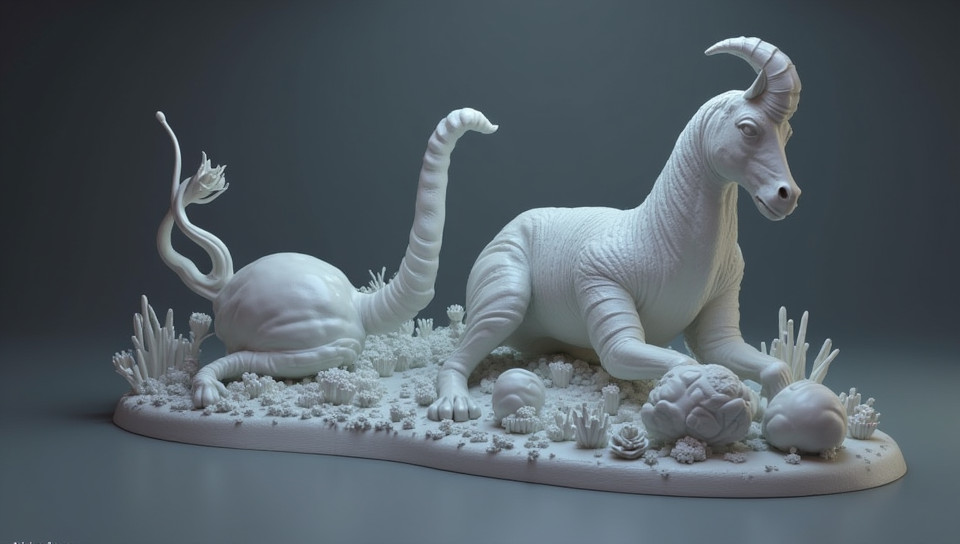3D printing with FDM or SLA offers versatility and control 81%

The Future of Manufacturing: Unlocking Versatility and Control with 3D Printing
In today's fast-paced world, innovation is key to staying ahead in the game. One technology that has been revolutionizing the way we manufacture products is 3D printing. Specifically, the use of Fused Deposition Modeling (FDM) and Stereolithography (SLA) technologies offers unparalleled versatility and control. In this article, we'll delve into the world of 3D printing with FDM and SLA, exploring their capabilities and applications.
What is 3D Printing?
Before we dive deeper, let's define what 3D printing is. Simply put, it's a manufacturing process that creates three-dimensional solid objects from digital files. This technology has been around for decades, but recent advancements have made it more accessible and affordable than ever.
FDM vs SLA: Which Technology Reigns Supreme?
Both FDM and SLA are popular 3D printing technologies used in various industries. While they share some similarities, each has its unique strengths and weaknesses.
- Layer-by-layer deposition is a key characteristic of FDM technology.
- High precision and accuracy are hallmarks of SLA technology.
- FDM is generally more affordable than SLA.
- SLA produces smooth surface finishes, making it ideal for applications where appearance matters.
Applications of 3D Printing with FDM and SLA
The versatility of 3D printing with FDM and SLA extends to various industries, including:
- Aerospace: creating complex components and parts
- Healthcare: producing prosthetics, implants, and surgical models
- Automotive: manufacturing car parts and prototypes
- Fashion: designing and producing custom jewelry and accessories
Conclusion
In conclusion, 3D printing with FDM or SLA offers a unique combination of versatility and control. As technology continues to evolve, we can expect to see even more innovative applications of this game-changing technology. Whether you're an engineer, designer, or entrepreneur, understanding the capabilities of 3D printing is essential for staying ahead in today's fast-paced world.
- Created by: Linda Collins
- Created at: Aug. 11, 2024, 10:20 p.m.
- ID: 6836






